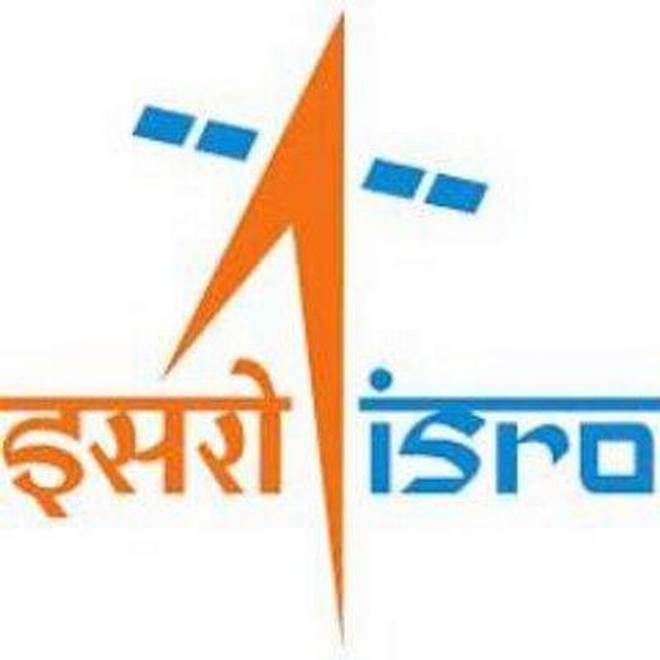ISRO expanding production of solid boosters to power more rockets

- Country:
- India
The Indian space agency is increasing the production of its solid boosters to power more number of rockets that it is planning to send up carrying satellites, the agency said.
According to the Indian Space Research Organisation (ISRO), its Solid Propellant Space Booster Plant (SPROB) is setting up 29 additional facilities with innovative technical aspects and fail-safe process automation to increase the annual production by several times.
The space agency said SPROB is now carrying out a challenging task to deliver 12 numbers of S139 motors by 2019 end, which is double the present capacity. The S139 motors powers the first stage of Indian rocket Polar Satellite Launch Vehicle (PSLV).
The plant is located at Satish Dhawan Space Centre (SDSC) here where the Indian rocketport is also located.
On Wednesday, ISRO celebrated the completion of 1,000th sold motor casting by SPROB.
For developing the essential expertise in large Solid Rocket Motors, SPROB was established at Sriharikota and commissioned in 1977 with the realisation of a one metre diameter monolithic motor for SLV-3 (Space Launch Vehicle-3).
According to ISRO, in the 1980s, the requirement of the operational PSLV called for a major expansion of the scope and capacity of the facilities at SPROB.
This necessitated quantum shift in propellant formulation technology using the indigenously developed HTPB binder and vertical propellant mixers.
Self-reliance in solid propellant production was achieved by indigenous development and realisation of several specialised equipment.
For manufacturing the massive S200 solid rocket motors of GSLV MkIII (Geosynchronous Satellite Launch Vehicle Mk III), a new plant was built at SPROB.
Successful commissioning of this vast with state of the art plant in 2008 has enabled the Indian space programme to evolve complex missions like Chandrayaan-2 and Gaganyaan.
(With inputs from agencies.)
- READ MORE ON:
- annual production
- Solid Propellant Space Booster Plant
- large Solid Rocket Motors
- solid boosters
- Satish Dhawan Space Centre
- production of solid fuel boosters
- Indian rocketport
- SPROB
- Indian space programme
- stage of Indian rocket Polar Satellite Launch Vehicle
- National
- Science/Tech
- Technology News
- IANS News
ALSO READ
India's National Young Authors' Fair 2023-24: A Triumph of Creativity and Literary Excellence
100-day agenda for new Govt: GTRI for easy e-comm rules, national trade network to boost exports
Taiwan earthquake: Indian authorities actively monitoring, assisting nationals, says Indian scholar in Taipei
Dr. Karthik Kommuri Bags Prestigious National Fame Award titled Distinguished Overseas Dental Specialist (Orthodontics and Orofacial Pain)
National Conference president and sitting MP from Srinagar Farooq Abdullah not to contest LS polls due to health reasons: Omar Abdullah.










